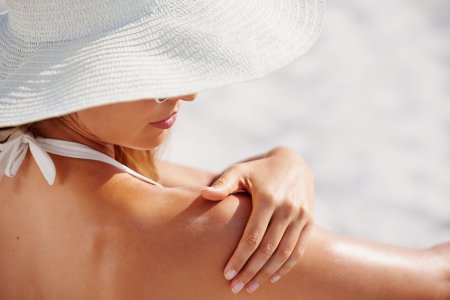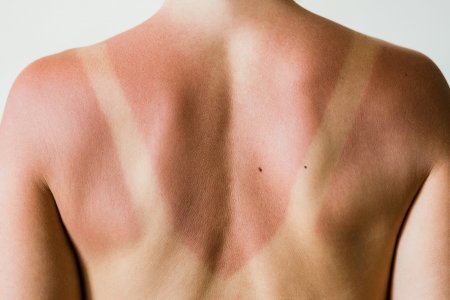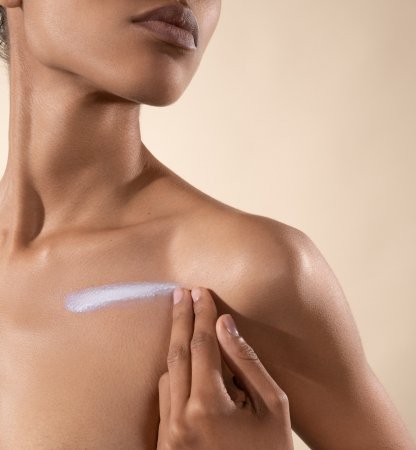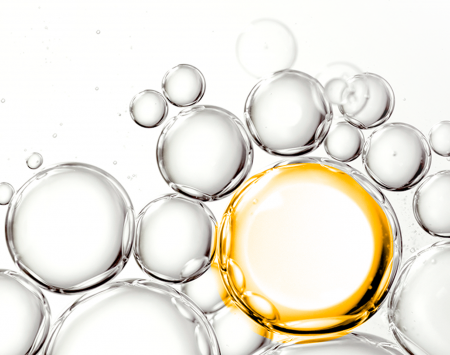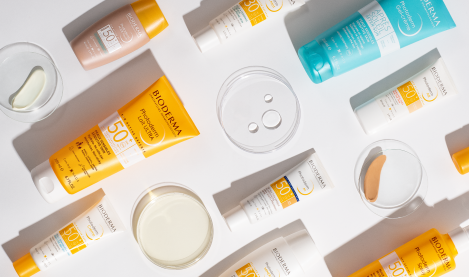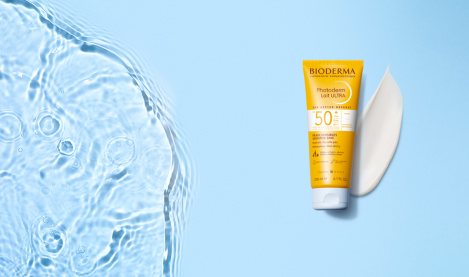So, your sunscreen also needs to provide UVA protection... What about traditional sunscreens on the market? Traditional sunscreens provide this protection in two ways:
In Europe, this is indicated on the label with ‘UVA’ in a circle. To be able to use this symbol, the UVA protection must be equal to at least one third of the UVB protection, in accordance with European regulations. This means protection against UVA rays is not optimal, and this create an imbalance between UVB and UVA rays protection.
Typically, others traditional sunscreens that want to reach a higher UVA index include a high number of filters at higher concentrations to be able to block UVA rays effectively. With the higher number of ingredients, skin is overloaded and there is also a higher risk of skin being irritated by the sunscreen. Which means it won’t be used, and that’s the worst option of all.
To summarise, sunscreens with near-complete UVB protection are providing short-term protection – no sunburn – without taking into account the long-term protection that is needed – preventing premature ageing and the risk of skin cancer. This creates an imbalance in the skin’s defence mechanisms. Maintaining an equilibrium in all parts of the skin’s ecosystem is important for long-term health.
Furthermore, a sunscreen that is formulated using just those ingredients that are necessary and at the right dose is more likely to be tolerated by skin, making it pleasant to use as often as needed.


